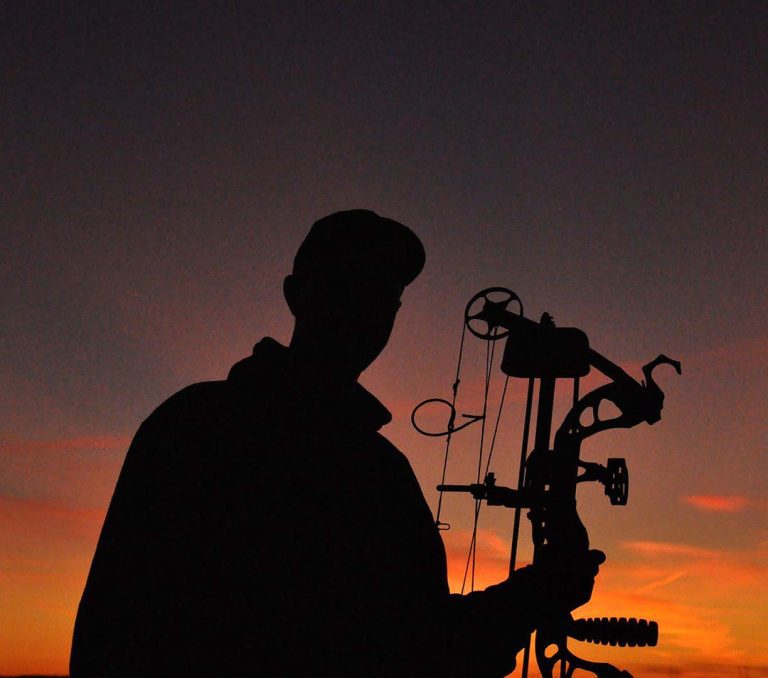Sometimes lady luck shines on us and we can easily fill a Whitetail deer tag. Those who consistently tag out year to year don’t rely on luck though, but rather use well-honed skills and preseason preparation. While I am not an expert, I do know that after years of making a pile of mistakes while afield, I’ve identified 10 sure ways to help fill my Whitetail tags. Here they are.
1. Setting up with a shooting lane
Trees, branches, twigs and old stumps have saved many deer over the years. So, whether you deer hunt from a treestand, box blind or ground blind, you will never be able to shoot deer if you don’t have a clear shooting lane. Often, major tree trimming will temporarily spook deer out of an area. So, well in advance of the season, take the time to sit in your blind and look at the exact area where you expect to see and shoot deer. Start by looking for the obvious blockers such as trees or tree stumps. Once those are removed, look carefully at the area to see if there are any small twigs or branches that could be in your line of fire or deflect an arrow. By doing the cutting and trimming prior to the season, deer can get used to the changes. Then you don’t risk running them out of area a day or two before you plan to hunt.
When creating or cleaning up a shooting lane, make sure to keep the area looking natural so deer feel comfortable using the area during daylight hours. Instead of having a really wide shooting lane that will seem unnatural, try setting up two or three narrower shooting lanes. This will help deer feel more secure moving through the area and encourage more daytime deer movement. With multiple shooting lanes, there may be times when you can’t take a shot if the deer are behind cover. If you’re patient, they may move into one of your shooting lanes. With tighter cover and narrower openings, chances are you will see more deer during hunting time because deer don’t like to be caught in wide-open spaces during daylight hours.
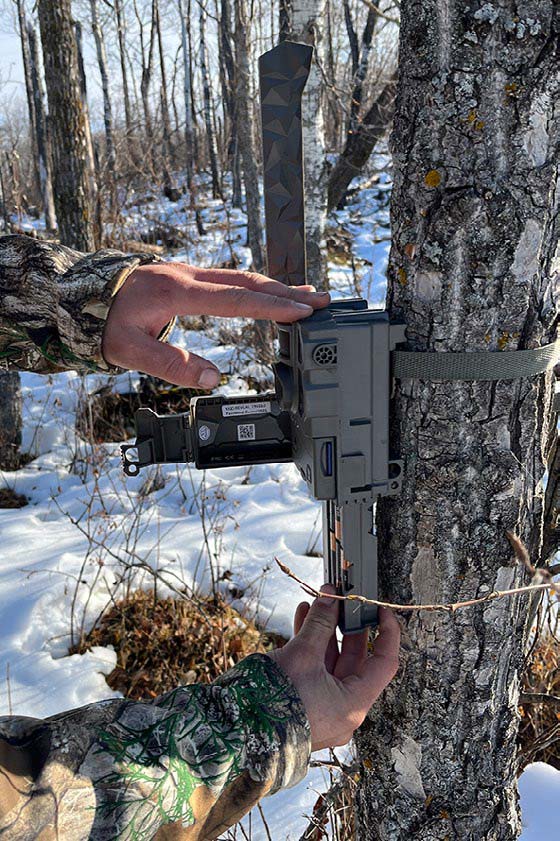
2. Remaining still in a treestand/ground blind
Deer have keen eyesight and can pick up motion both near and far. If they spot your motion, they will key in on you and often flare once they recognize you as a potential danger. Therefore, when sitting and waiting for a buck to walk into shooting range, it’s imperative that you move as little as possible to remain being undetected. Fidgeting, shaking your legs/feet, rubbing your eyes or constantly looking at a cell phone can quickly get you busted.
To further prevent being spotted, wear camouflage clothing that helps you blend into your environment. Be sure to cover your hands and face with camo. That helps hide your skin and reduce the chance of being seen.
When sitting and looking for deer, use your eyes as much as possible. To scan an area, first move your eyes in the direction you plan to look and then move your head in that direction ever so slowly. Make small moves each time and use a very smooth motion to reduce the chance of detection. If you need to use your optics or adjust your gear, do so in slow motion.
When it’s time to make a shot, raise your bow and draw when the deer has its head down or is looking the opposite way. Move slowly and smoothly, since quick and jerky motions will quickly give you away. If the deer is moving into your shooting lane, draw your bow when you get the chance and hold it at ready until a shooting opportunity arises. If the deer is moving slower than anticipated and you have to let off, do so when it’s not looking. Once your arms are ready, re-draw at your next opportunity.
3. Not skylighting yourself when walking
While walking in the deer woods, whether getting to and from your blind or while moving into position to set up a sneak or ambush, try not to skylight yourself while walking. Deer will quickly pick out your skylighted body and go on red alert.
While walking, use existing cover to break up your body shape and hide your outline. Walk through low spots and use the shadows to your advantage. Of course, you still need to be aware of the wind direction, so your scent doesn’t give you away.
Sometimes you’ll need to take a longer route to get from where you are to where you want to be. While such trips can take a few minutes longer than walking in a straight line, that is time well spent. You really are just helping yourself and increasing your chances of seeing a deer.
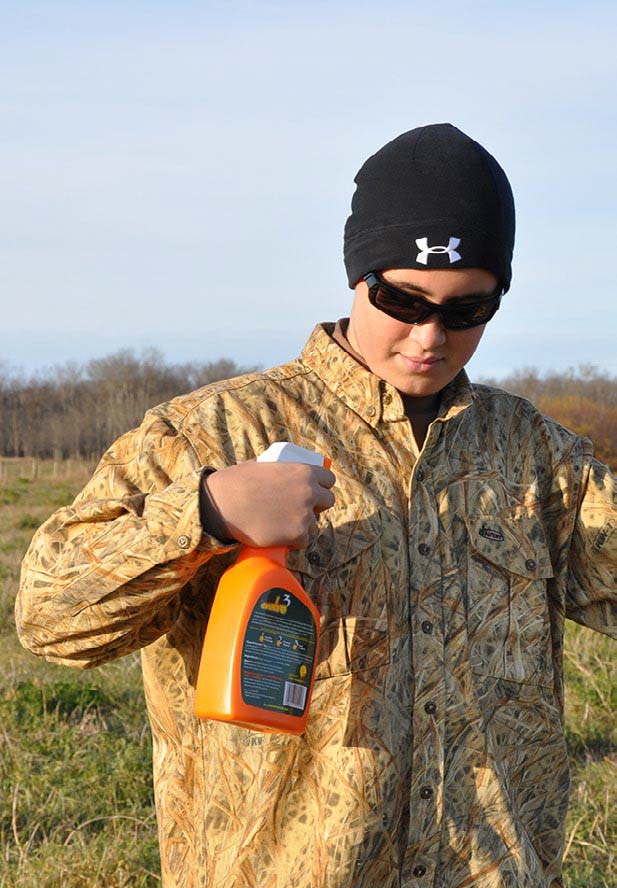
4. Looking for deer and not at your feet while walking
Many hunters are so focused on getting to where they want to be that they forget that getting there is part of the hunt. These hunters often walk head down, looking at their feet. While this does prevent them from tripping or snapping twigs as they walk along, it also causes them not to see things in the deer woods that can promote seeing more deer or simply being entertained as they walk along.
During the rut, a buck can appear anywhere and at any time. By keeping your head up and being on the lookout, you may spot a bedded buck or one that is standing right there in front of you.
While walking, look for deer tracks, rubs and scrapes. These clues may help you change your strategy or pick a new spot. I remember a few years back while I was walking along the edge of a tree line, I saw an exceptional number of deer tracks in the fresh snow. The tracks all led to a small opening where the deer had crossed from one field into another. Those clues revealed a prime pinch point that proved to be a productive spot in future years.
While walking, keep track of the wind direction and your surrounding terrain. Based on what you’re seeing, adjust your travel route accordingly to avoid being spotted or scented.
5. Scouting prior to the season
Preseason scouting allows you to see firsthand what kind of deer numbers are in your area and it gives you a chance to pinpoint a target buck or two. During summer scouting sessions, deer will often stay bedded during daytime hours to avoid the hot sun. If you want to see deer, be in the hunting area at first and last light. Before the season is the time to set out trail cameras so you can start seeing and patterning deer.
Scouting isn’t all about spotting deer. During your scouting trips, look at what type of farm crops are planted in the area. In my hunting areas, farmers are constantly rotating crops from year to year and this can impact where the deer like to feed. That’s especially the case in colder weather when they seek out corn, pea and lentil fields. With this preseason information, I can figure out where the deer will be once hunting season starts. That lets me confidently make changes well in advance of the season, as opposed to trying to make major last-minute changes.
While out and about, be sure to look at the landscape and terrain for any changes. Finding out major changes prior to the season will allow you to adapt and make new hunting plans or move blinds prior to hunting. Look to see if landowners have removed any sections of trees or altered the land by creating new dugouts or tilling under low brushy areas to turn them into cropland. There may be a new dwelling or farm buildings on the land you hunt, and that could change the patterns of the deer there.
Preseason scouting is also a chance to touch base with landowners of the properties you hunt. It is also a time to meet new landowners and potentially open up some additional hunting opportunities.
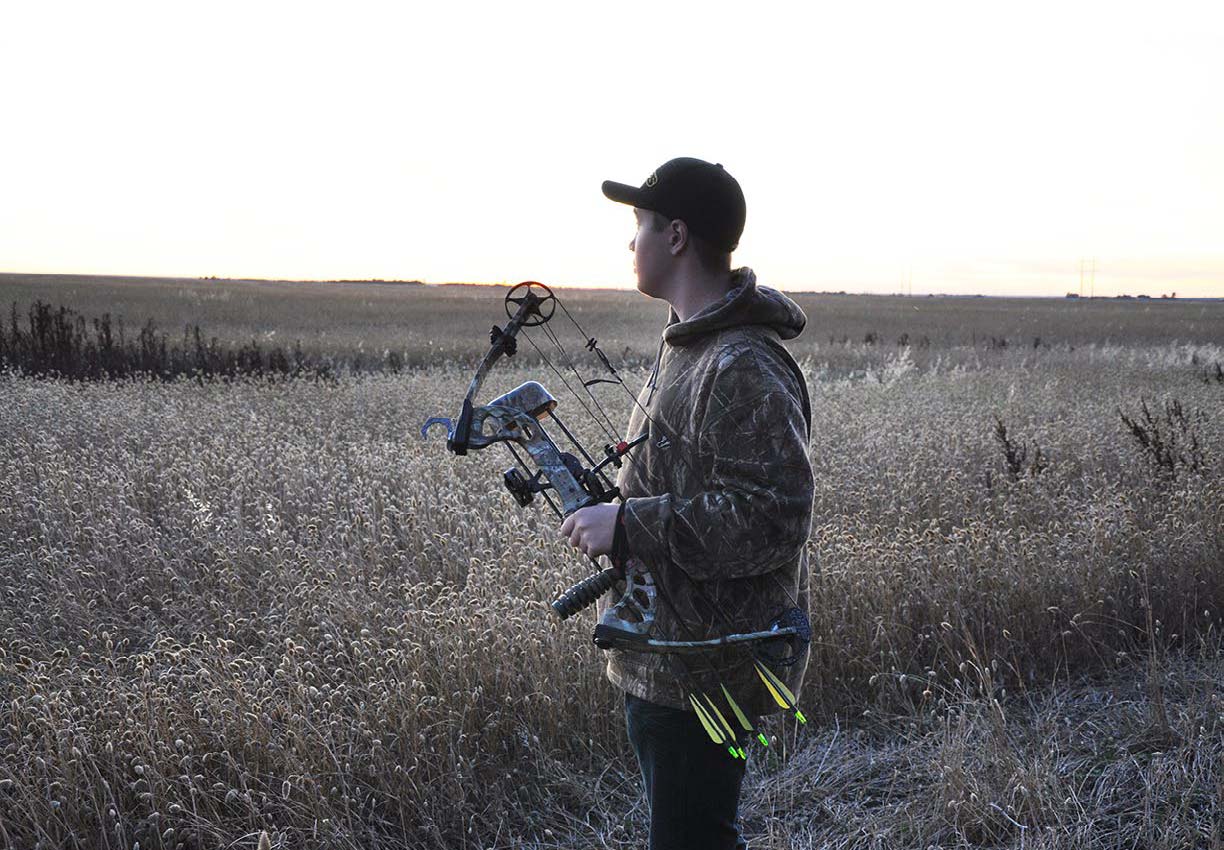
6. Taking time to sight-in or practice shooting
Practice makes perfect! The more shooting practice you get with your bow, the better your chances are of making a successful shot when opportunity knocks. Always take time to make sure your bow is properly sighted in and that your pins haven’t shifted. Study your pins and know exactly the distance set for each one. That way, when a buck walks into range, you won’t question yourself and you will know exactly which pin to use.
Once you know your bow is sighted in, practice how you plan to hunt. If you’ll be shooting from a treestand, shoot from an elevated location. If you’ll be sitting in a ground blind, practice shooting while sitting down. If spot and stalk is your hunting method, practice shooting while both standing and kneeling.
At some point in your practice sessions, wear the clothing you plan to hunt in to ensure you will still be able to shoot your bow properly with your hunting gear on. One of the more common issues hunters have is that they can shoot their bows in T-shirts, but when they put on a hunting jacket, the sleeve of their bow arm gets in the way of the arrow and can cause it to fly off course. It’s far better to find out you need to wear an arm guard while practicing than when in the field after you’ve missed a deer.
The more you practice, the better you will get at making longer shots. However, don’t just practice long shots, practice at a variety of distances. While paper targets make for great practice, 3D targets, archery targets, or even some of the best crossbow targets will greatly help you figure out exactly where to hold on a deer.
Another very important element is to practice shooting with the same broadheads you plan to use for the hunt. Even if you use the same weight of practice points as your broadheads, you may find that you need to do a little fine-tuning to ensure the point of impact doesn’t change when you shoot your broadheads.
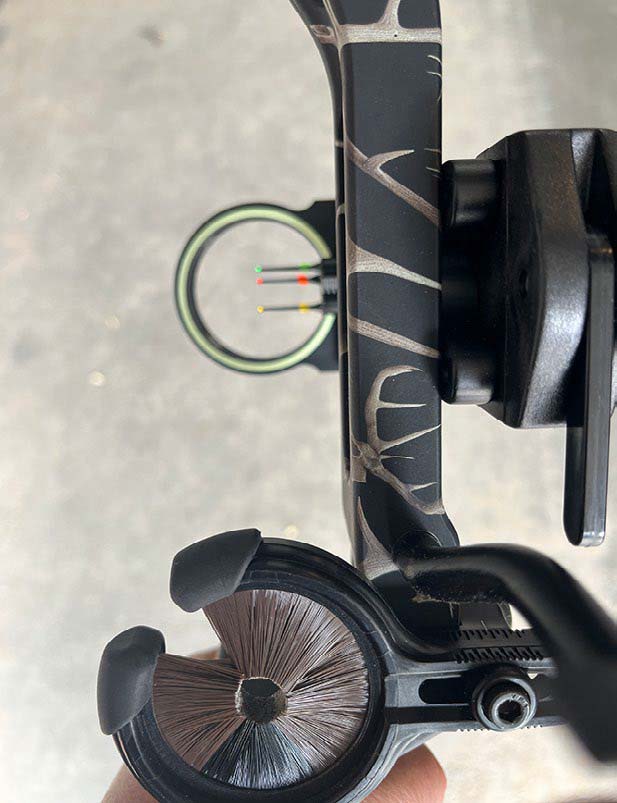
7. Hunting all day: Starting on time and going all day
When heading out hunting, make sure to be set up and in position well before legal hunting time. Deer won’t wait for you to come to them. If you are running late, you may completely miss an opportunity to see and shoot your target buck. You may also be in a hurry to get to your stand and spook deer on your way into your hunting area.
The same rule applies at the end of the day. Sit tight until legal shooting time is over. In high-pressure areas and during very warm spells, deer will move in the last few minutes of daylight. If you’re packing up your gear, climbing out of your blind or walking down the trail to get to your truck, chances are you won’t fill your tag.
If you have the luxury to hunt all day long, do so, because deer can be on the move at any time. Often hunters will sit until mid-morning then return to their stand again in the late afternoon. As other hunters move about the woods, they often bump deer and cause them to move. If you’re sitting and waiting, you just might get a chance at a deer. During the rut, deer are often on the move all day long. Being in your blind improves your chances of success dramatically.
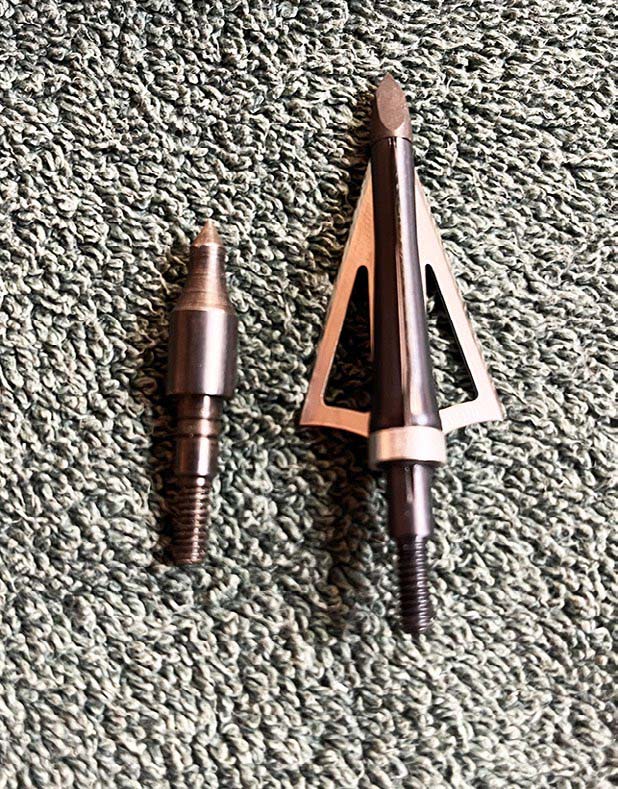
8. Taking the wind into account to manage scent
Whitetails’ sense of smell is even better than their eyesight. Deer rely on their noses to detect danger and identify other deer. Bucks also use their noses to track down does in heat.
When in the deer woods, always be aware of the wind direction. If sneaking in on a deer or into a blind, it’s important to be sure the wind is either directly in our faces or on a crosswind blowing away from where we anticipate deer to be or come from.
When setting up a blind or treestand, it is imperative to understand what the wind direction you can and cannot hunt at that setup. If the wind blows your scent away from the area, it’s good to hunt there. If the wind is going to blow your scent in the direction the deer are coming from, don’t use that spot on that particular day. Always wait for the right wind direction to hunt a setup so the odds are in your favor. Hunting on the wrong wind direction will educate deer regarding your location and likely create an unsuccessful outing. Given that the wind can change from day to day, successful hunters wait for the right wind to hunt a specific area. They also often have a couple of backup areas to hunt for different wind conditions.
In hilly country having long stretches of valleys and ridgelines, hunters not only have to deal with the prevailing winds, but they also have to account for wind thermals that can cause their scent to rise or fall. In the mornings, thermals generally rise, so deer will often walk along the tops of those areas so they can smell what is below them. In the afternoons, deer will work the low spots and cruise the bottoms because the thermals pull scent downwards to them. With this knowledge, hunters in hilly areas often have morning and afternoon blind locations.
Since the wind can shift and deer can and will travel where they’re not expected, savvy hunters often wash their hunting clothes in scent-free detergents. They also store them in bags until it is time to wear them. They also never fill their trucks with gas or cook food while wearing their hunting clothes. In addition, they will often spray their clothes with scent-killing spray before they start hunting.
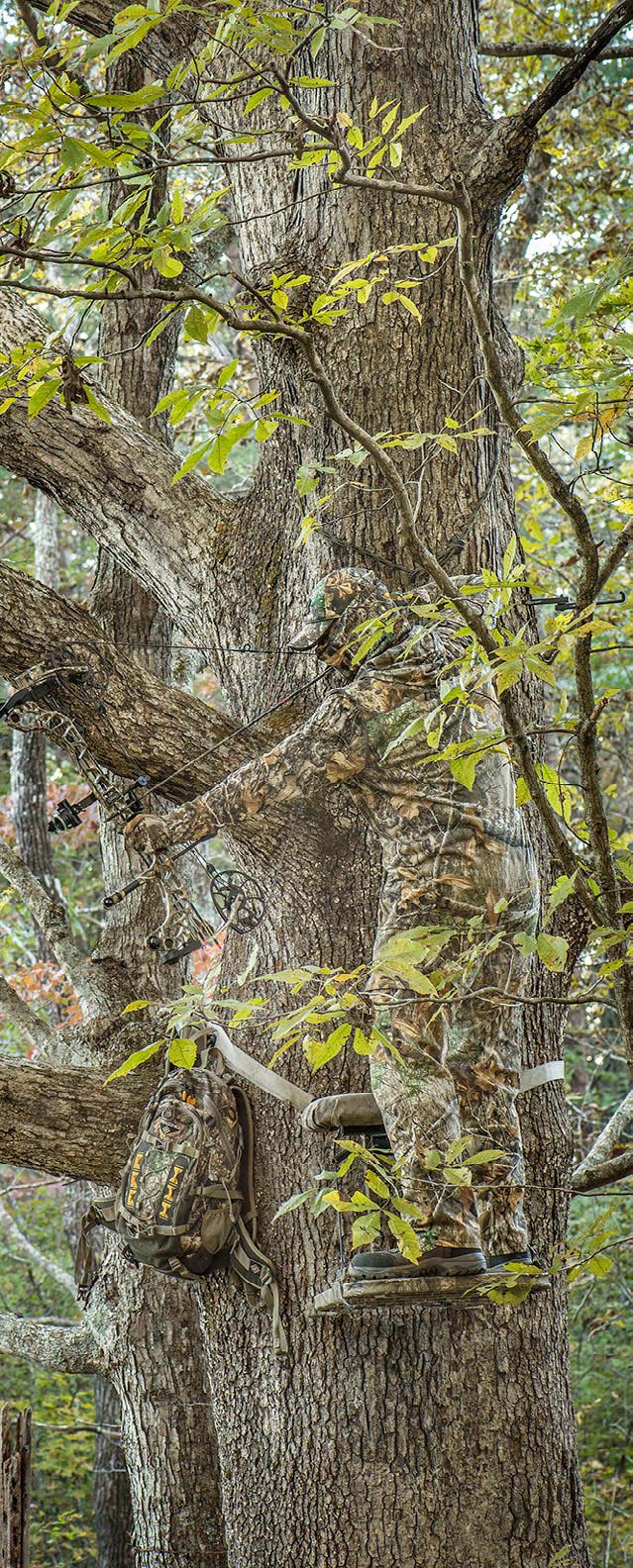
9. Respecting bedding areas and not hunting too close to them
Over the years, I’ve learned that if you spook deer from their bedding areas, they will abandon those spots for extended periods of time. They will quickly move to secondary bedding areas, so they don’t get disturbed. Sometimes the move lasts only a day or two; other times, it can last for weeks. When deer change bedding areas, they often change their entire daily routine. Then it can take a long time to figure out where they went and where they will feed. In addition, this move may force them onto other properties where you may not have permission.
If you spook a deer from a feeding or travel area and they still have a safe place to bed, they will stay in the area. However, they will likely find alternative travel routes to their feeding area. Under these circumstances, you will still be able to hunt the deer, but you may need to make minor changes to where you set up to adapt to them coming from a different deer trail.
To help keep the deer in your area, avoid hunting bedding areas. Instead, focus your efforts on hunting travel routes that go to and from the bedding, feeding, drinking and staging areas on the edges of feeding areas. These areas will give you multiple locations to hunt and keep the deer in your area for days on end.
When hunting these areas, try to stay as far away from the bedding areas as possible. Always remember to factor in the wind and try not to let the deer see you from their bedding spots. In really hot weather and late in the season, when deer are trying to consume energy, you may need to focus closer to bedding areas to see deer during hunting hours. Be careful not to let the deer know you are there when doing this and realize that you may get a one-time opportunity when you hunt that close to the bedding area.
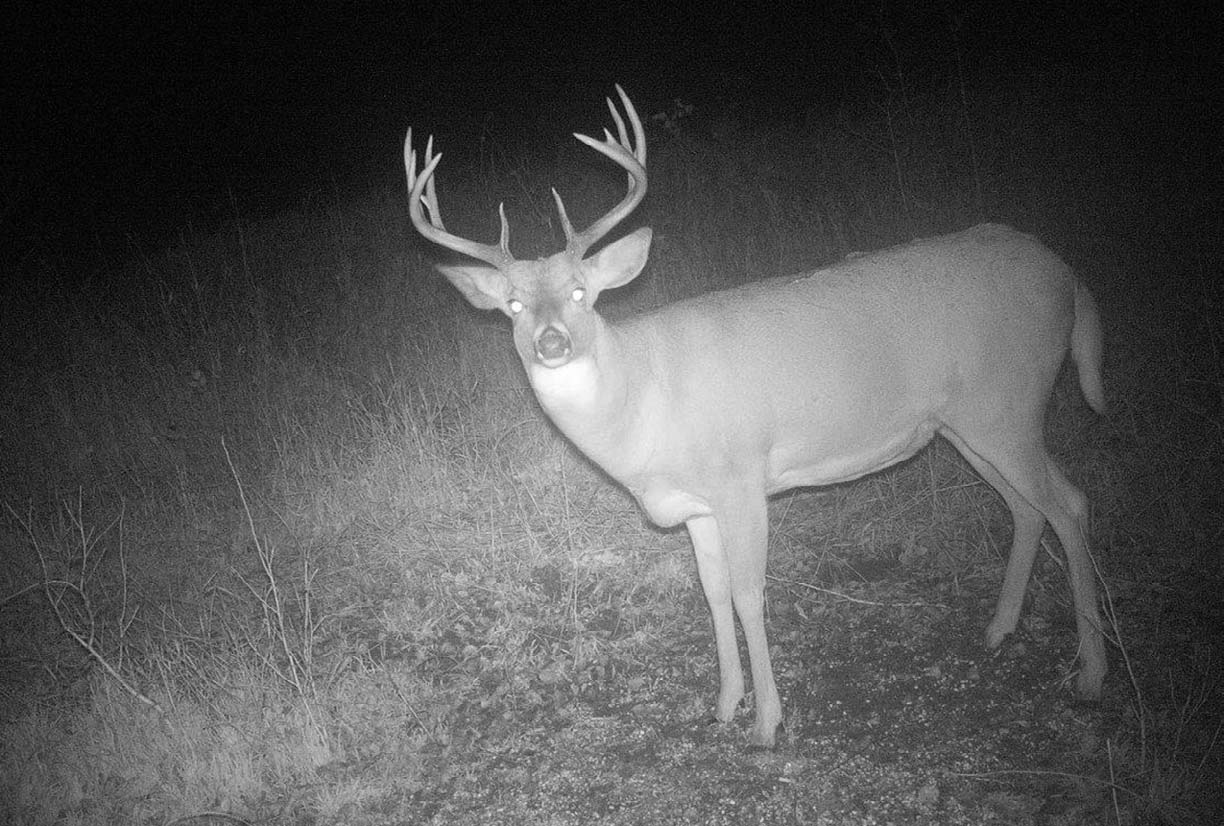
10. Checking out the small places
Some of the smallest cover can hold some of the biggest bucks in your hunting area. This is especially true during the rut, when a buck will force a hot doe into a small slough, weedy fenceline, small clump of trees or old abandoned farmyard. They do that because these areas allow them to hide with their doe from other bucks that are also out looking for does.
It seems that these spots get used over and over and from year to year. If you stumble upon one of these gems, you may be in for some great hunting action. You just need to be patient and pattern the deer using these areas before moving in for the hunt.
Deer need to eat, so they will leave these tiny sanctuaries to find food. If you can figure out where they are going to eat, you can set up to intercept them as they travel to and from their feeding area. Another option is to hide in the small cover early in the morning, under the cover of darkness while the deer are out feeding. Then, wait for them to return as the sun comes up.
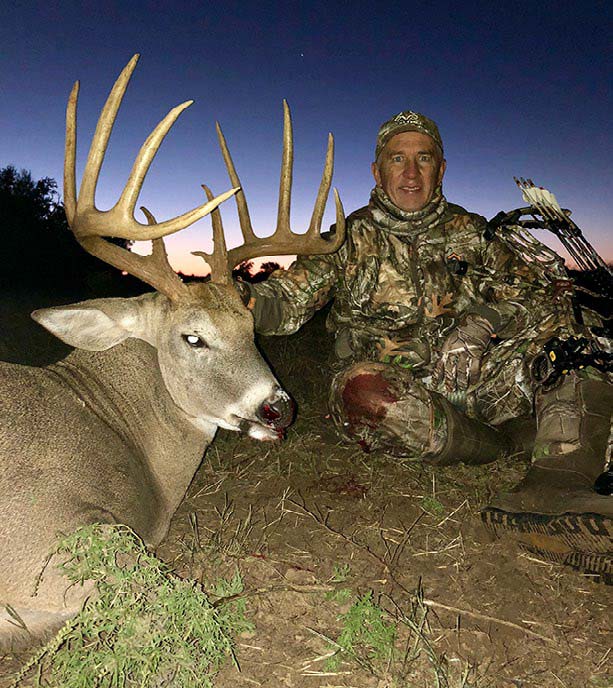
Per our affiliate disclosure, we may earn revenue from the products available on this page. To learn more about how we test gear, click here.





